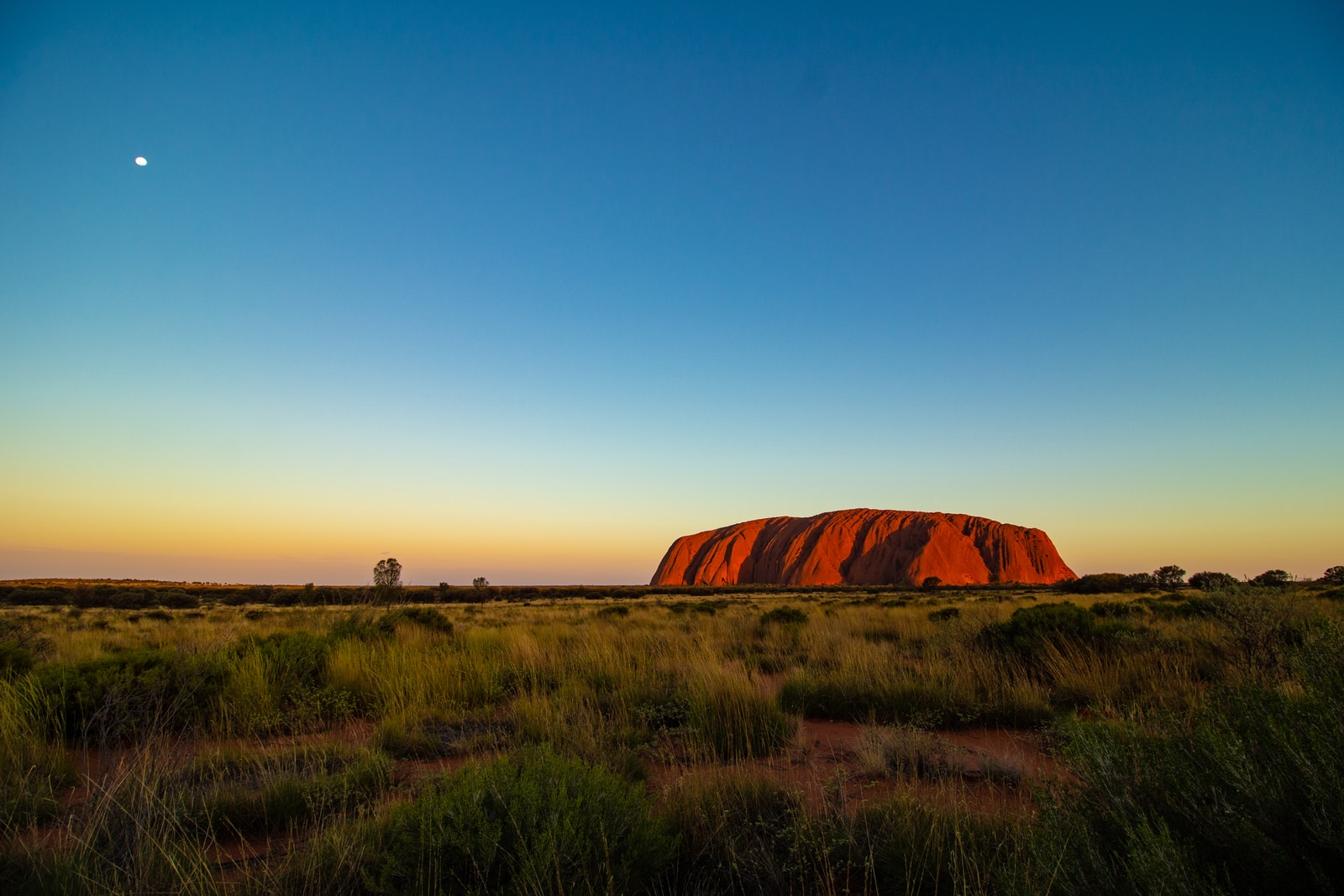There are places and sites we’d love to visit but simply cannot. Sometimes they’ve vanished due to human folly or nature’s whims, but more often their access is no longer feasible because they’re now located in war zones or regions where tourism is strongly discouraged. This doesn’t necessarily mean they’re completely closed off or that circumstances will never change, but still.
Today we’re heading to the other side of the world to Australia, and more specifically to a place that, despite being a tourist destination for many years, has been permanently closed to the public for several years now. And for a very particular reason. We’re talking about Uluru/Ayers Rock, a UNESCO World Heritage site.
Where is Uluru/Ayers Rock located?
The Uluru/Ayers Rock site is located in the Northern Territory, right in the heart of the country in the outback – Australia’s typically semi-arid hinterland. More precisely, it sits within Uluru-Kata Tjuta National Park, in what you might call the middle of nowhere, given that the nearest settlement, Yulara with its thousand residents, is 12 miles away, and the closest city, Alice Springs (population 31,000), is 280 miles distant.
Morphologically speaking, Uluru/Ayers Rock is what’s called an inselberg – “an isolated massif that dominates a plain” – this one appearing red due to the high iron oxide content in the minerals that shaped it. With a perimeter of 5.8 miles and a length of 1.6 miles, it rises about 1,150 feet above the surrounding plain, with its summit reaching 2,831 feet above sea level.
As for the name, Uluru/Ayers Rock represents two different designations combined, as sometimes happens. Ayers Rock was the name given by Europeans, specifically the first climbers to reach its summit in 1873, who chose to name it after a local politician. Uluru is the name given to the place by the Aboriginal people of the region.
Accessible until 2019
And it’s precisely because the site holds particular sacred significance for indigenous populations that climbing to its summit is no longer permitted. At least not since October 26, 2019, which marked the 34th anniversary of the site’s management being returned to these communities, unlike the previous era when tens of thousands of visitors made the small ascent each year.
This decision was made jointly by the Aboriginal people and Australian authorities. The reasons were cultural and spiritual, respecting the Anangu people who inhabit the surrounding area, but also safety-related given the number of accidents that occurred on the mount’s slopes, as well as environmental concerns – years of thousands of tourists passing through had caused erosion and degradation of Uluru’s rock surface.
And if you’re wondering whether the site will ever reopen, it seems the answer is no, given that the closure has been declared permanent and irreversible.
> Infos : northernterritory.com

